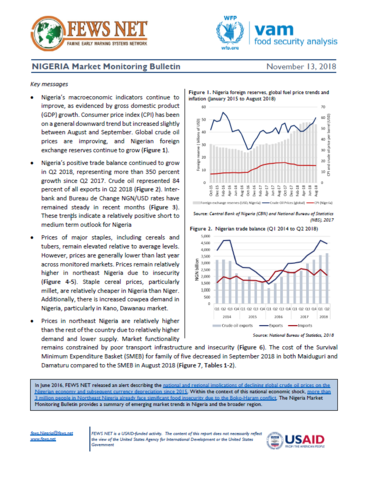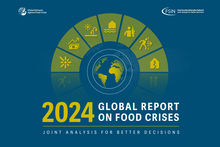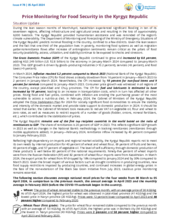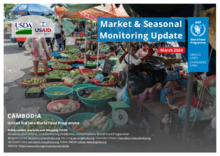
- Nigeria’s macroeconomic indicators continue to improve, as evidenced by gross domestic product (GDP) growth. Consumer price index (CPI) has been on a general downward trend but increased slightly between August and September. Global crude oil prices are improving, and Nigerian foreign exchange reserves continue to grow (Figure 1).
- Nigeria’s positive trade balance continued to grow in Q2 2018, representing more than 350 percent growth since Q2 2017. Crude oil represented 84 percent of all exports in Q2 2018 (Figure 2). Interbank and Bureau de Change NGN/USD rates have remained steady in recent months (Figure 3). These trends indicate a relatively positive short to medium term outlook for Nigeria
- Prices of major staples, including cereals and tubers, remain elevated relative to average levels. However, prices are generally lower than last year across monitored markets. Prices remain relatively higher in northeast Nigeria due to insecurity (Figure 4-5). Staple cereal prices, particularly millet, are relatively cheaper in Nigeria than Niger. Additionally, there is increased cowpea demand in Nigeria, particularly in Kano, Dawanau market.
- Prices in northeast Nigeria are relatively higher than the rest of the country due to relatively higher demand and lower supply. Market functionality remains constrained by poor transport infrastructure and insecurity (Figure 6). The cost of the Survival Minimum Expenditure Basket (SMEB) for family of five decreased in September 2018 in both Maiduguri and Damaturu compared to the SMEB in August 2018 (Figure 7, Tables 1-2).
| Document | File |
|---|---|
| Market Monitoring Bulletin, November 2018 |
PDF | 1.31 MB
Download
|



